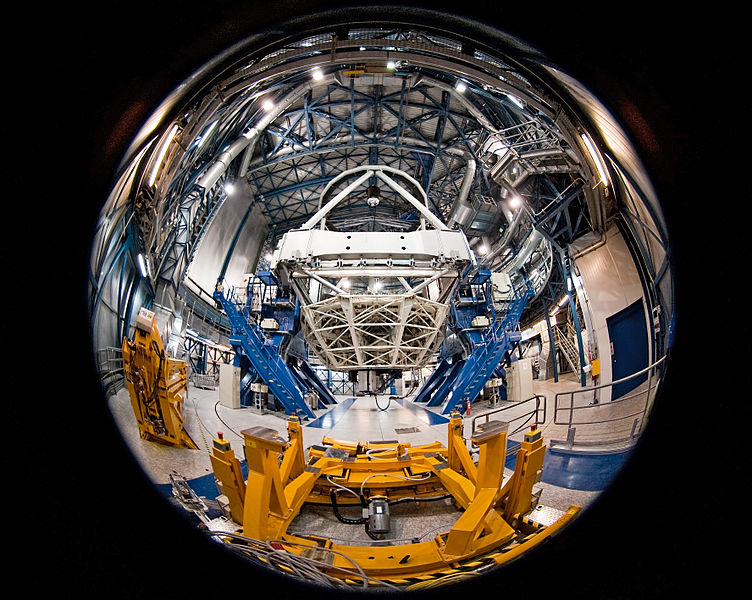Part I: Ultra Wide Angle Lens
This week features a series titled: “DSLR Filmmaking & Lenses: What You Should Know Now,” a series of blog posts explaining the importance and benefits of specific types of camera lenses (ultra wide, wide, normal, portrait, telephoto) by contributor Jeff Bauer
An ultra wide angle lens is considered to be any lens with a focal length substantially smaller than the size of the film or digital sensor in the camera body. The focal length for an ultra wide angle lens on 35mm film or full-frame sensor, is technically less than 24mm. These lenses typically have an angle of view greater than 90 degrees and a large depth of field.
 Depending on the perspective you are trying to create, wide and ultra-wide angle lenses can either be considered fisheye or rectilinear. Fisheye lenses produce heavy circular distortion, pushing an image outward from the center, giving the impression that distant objects are further away than they actually are. Rectilinear lenses aren’t usually as wide, but allow for a more realistic image without the circular distortion. Each lens has a focal length and with that, an angle of view. This is going to determine how much you see within your frame.
Depending on the perspective you are trying to create, wide and ultra-wide angle lenses can either be considered fisheye or rectilinear. Fisheye lenses produce heavy circular distortion, pushing an image outward from the center, giving the impression that distant objects are further away than they actually are. Rectilinear lenses aren’t usually as wide, but allow for a more realistic image without the circular distortion. Each lens has a focal length and with that, an angle of view. This is going to determine how much you see within your frame.A few things to take into account when looking at wide angle lenses are going to be size, speed, and price. They are typically some of the largest and most expensive lenses outside of the 300mm + telephoto range, so it’s important to be honest with your wants and needs. The speed of the lens, known as the aperture, not only determines the amount of light able to pass through it, but also the actual size and surprisingly the price of the lens. As the speed increases (lower f-stop numbers), the number of elements inside the lens usually have to increase both in size and number to deal with the distortions that usually occur that wide. A faster ultra wide angle lens will give you more low light capabilities, it will also allow you gain a little separation from your primary subject and the background. This is great for close up’s but not particularly useful for landscapes.
I think most filmmakers are so drawn to ultra wide angle lenses because they create very unique and cinematic images not possible on longer lenses. I know when I’m starting to frame my shots, I think to myself, “What type of lens is going to help bring this scene to life? Why do I want these characteristics specifically in my shot?” These are questions only you can answer. Each person has their own artistic vision and their own ideal perspective, and as long as you have a good reason for filming it that specific way, you’ll feel good when someone likes it, and have a good argument against people who didn’t like it.
Next – Part II: Wide Angle Lens

